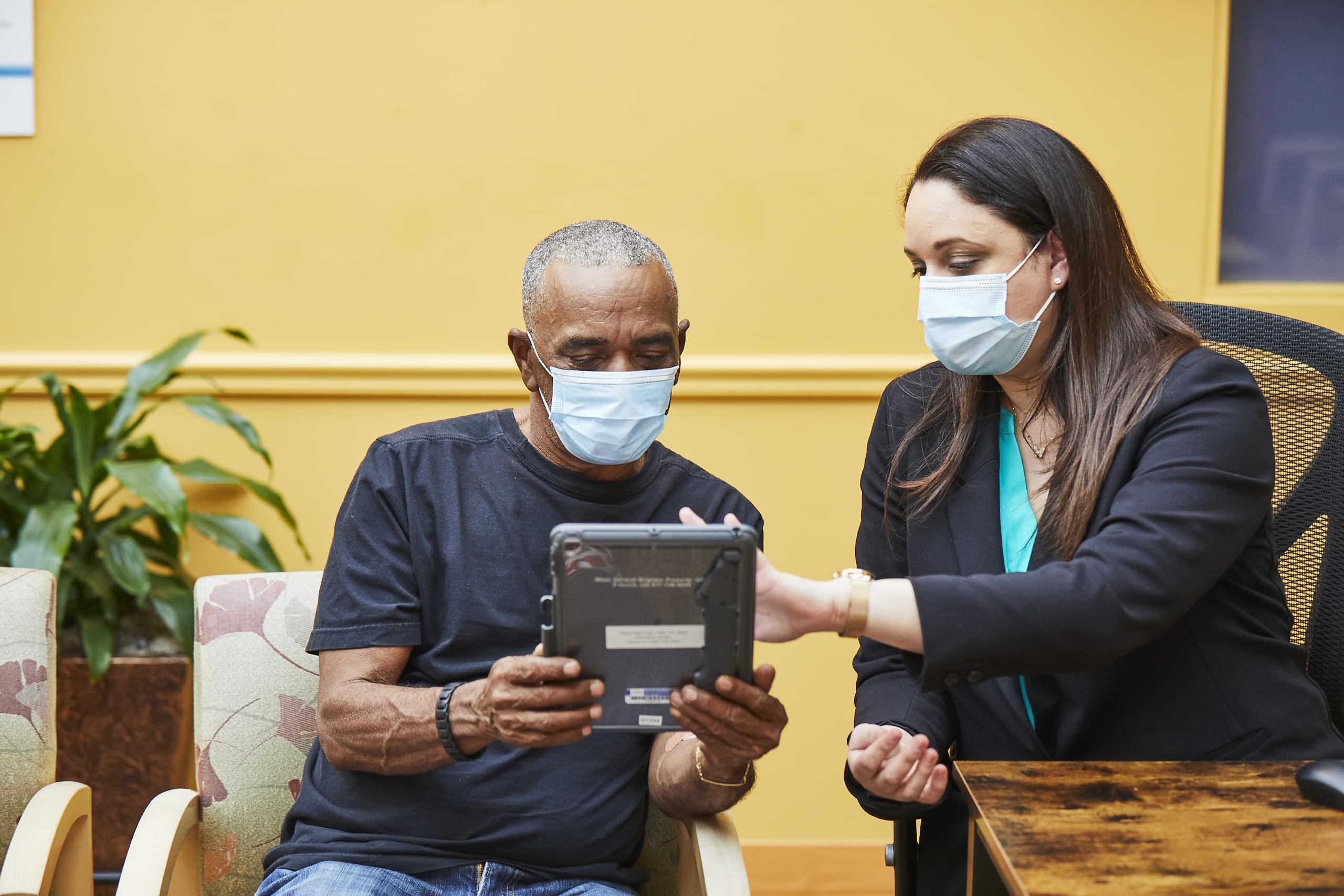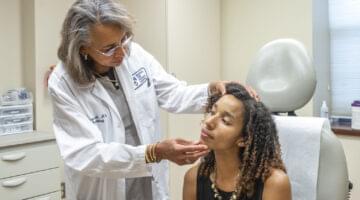
With the COVID-19 pandemic creating surging demand for virtual visits, Brigham leaders are taking care not to let access to telehealth further exacerbate disparities in care.
Several studies from the Brigham have examined this digital divide—the gap between those who have access to technologies and the digital literacy to use them and those who don’t. English-language proficiency, race, age, geography, health coverage, and more can all impact how—and if—patients adopt and use telehealth services.
In one study looking specifically at language barriers and technology, researchers found that among more than 84,000 patients, 15% identified as having limited English proficiency, which was linked to lower rates of telehealth use compared with proficient English speakers (4.8% versus 12.3%).
Jorge A. Rodriguez, MD, who co-authored the study with other Brigham investigators, explains that achieving equity in telehealth depends on several key factors: providing access to the internet and devices, promoting the digital literacy needed to use these tools, and boosting insurance coverage for telehealth programs, particularly for patients enrolled in Medicare and Medicaid.
“Our study reveals opportunities for multilevel policy changes that can ensure the equitable expansion of telehealth,” says Rodriguez. “Policymakers should collaborate with health organizations to apply a comprehensive approach that includes broadband access, device access, telehealth infrastructure, and community-based digital literacy programs.”











